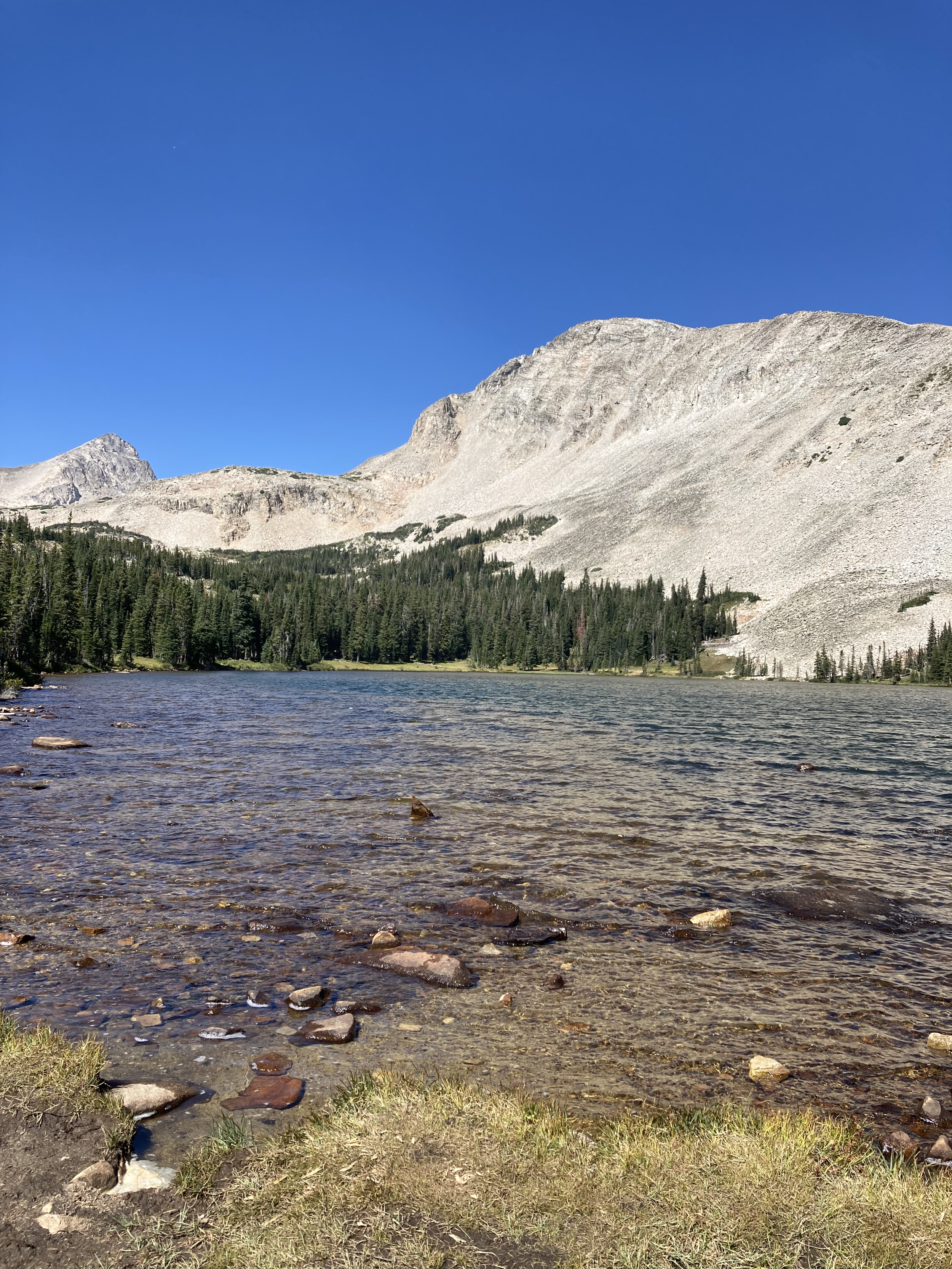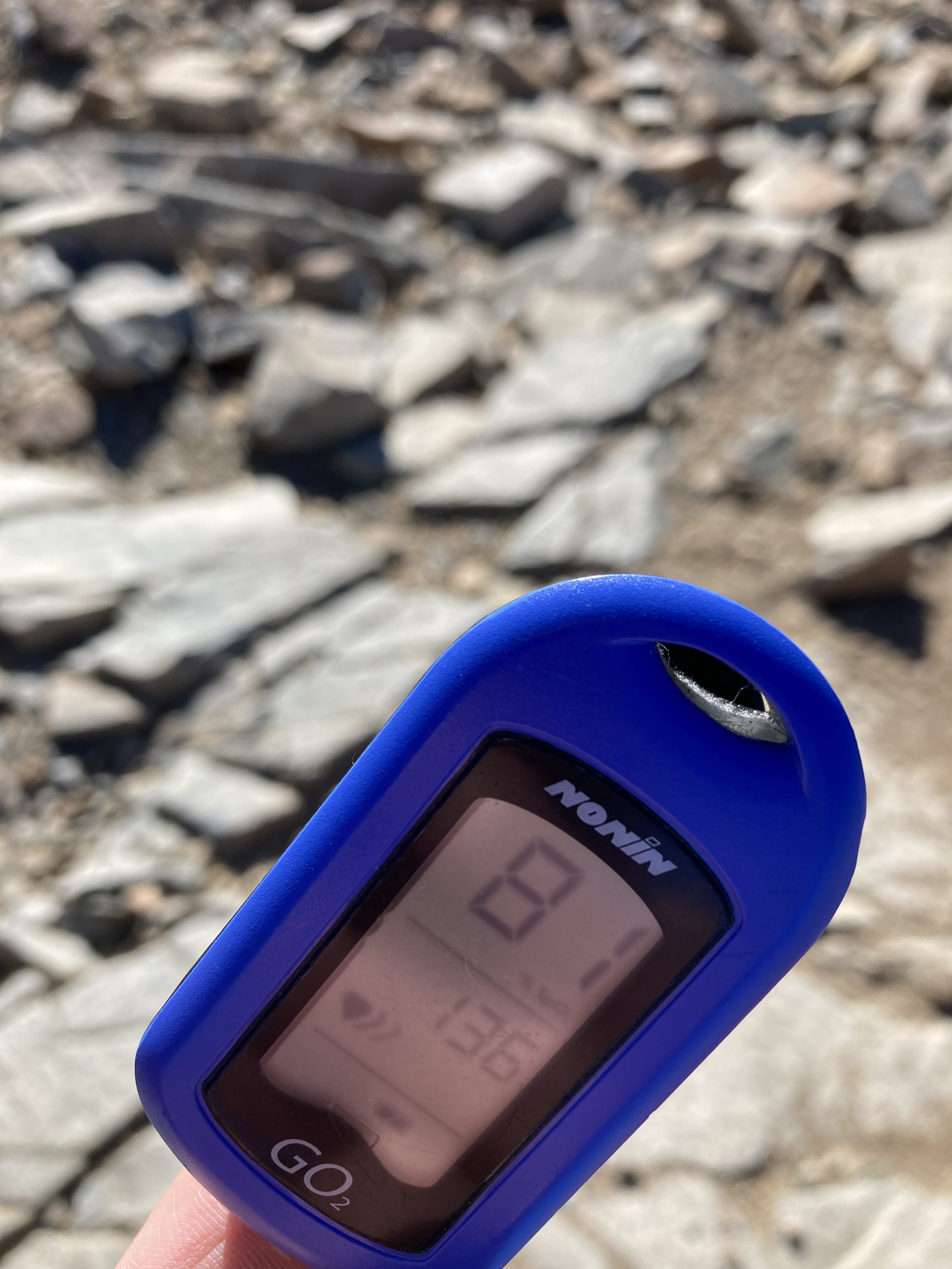Listen Instead of Reading
Autonomic Neuroscience says slow breathing is for diabetes & hypertension.
Harvard Medical School says yogic breathing is for stress.
And Tibetan Yoga says breath training is for everyone.
Let’s see how…
4 Thoughts
1. How I Trained for High Altitude (it’s not what you might think)
I thought, “I’m The Breathing Diabetic. I better be able to handle some altitude.”
But I didn’t train how you might think. Of course, I initially started with more breath holds. But I realized that the issue at altitude is lower air pressure.
This one was slightly too long to fit in as a “Thought,” so I made it a really short blog post.
Give it a read to learn my somewhat odd training method for my recent hike up to 13,200 feet…and to see if it actually worked (pictures included).
Please respond to this email if you have any thoughts on my reasoning…it was my first time at altitude, so I’d appreciate any feedback or thoughts you have.
***
Related: How To Breathe To Live Longer
2. Slow Breathing for Diabetes and High Blood Pressure
“Even in already well controlled diabetic patients, guided breathing had beneficial influences on cardiovascular autonomic control and a measurable impact on BP control. It enriches available options for non-pharmacological blood pressure…reduction.”
According to Johns Hopkins, approximately two-thirds of adult diabetics have high blood pressure or take medication for it. And people with diabetes and hypertension are 4x more likely to develop heart disease.
Fortunately, this study found that just 12 minutes a day of slow breathing (with no changes to medication) led to significantly lower blood pressure, increased heart rate variability, and a reduced spontaneous breathing rate (indicating reduced sympathetic arousal).
All of which led to this remarkable final statement: “If consistently used, guided breathing enhances restoration of physiological autonomic balance in patients with diabetes and hypertension.” Amen 🙏
Here’s to controlling our breath to control of our blood pressure, today.
3. Harvard Medical School: “Yogic Breathing Improved University Students' Response to Stress”
“When we anticipate a stressful situation, our breathing and heart rates naturally go up…but the yogic breathing group seemed to show protection against that type of stress. Their heart rate increased only slightly when they knew a stressful situation was coming.”
- Yogic breathing improved university students' response to stress
Enjoy this excellent and quick write-up showing that yogic SKY breathing can significantly reduce the stress response. It’s from the Beth Israel Deaconess Medical Center, a world-class teaching hospital of Harvard Medical School.
The next thought builds off of this idea of “protection against stress”…
4. What Turbulence Can Teach Us About Breathing
When you’re flying and hit turbulence, you’re told to put on your seatbelt.
It’s reactive.
It’s similar to when turbulence hits in our lives. We react. We start eating healthy or meditating or exercising more.
But a regular breathing practice is proactive.
It helps you avoid turbulence altogether.
Or, if you can’t avoid the turbulence, it’s like your seatbelt. You’re already fastened in. You don’t need to rush back to your seat. You’re ready.
1 Quote
“Because the breath is such an excellent and abundant support for life and vitality for every being on the planet, everyone can benefit from training in the breath.”
1 Answer
Category: Hypoxia and Red Blood Cells
Answer: During hypoxia, this organ releases additional red blood cells to increase your oxygen carrying capacity.
…
(Cue the Jeopardy! music.)
…
Question: What is the spleen?
In good breath,
Nick Heath, T1D, PhD
“Breathing is the compound interest of health & wellness.”
Sign Up For The Breathing 411
Each Monday, I curate and synthesize information from scientific journals, books, articles, and podcasts to share 4 thoughts, 1 quote, and 1 answer (like "Jeopardy!") related to breathing. It’s a fun way to learn something new each week.







